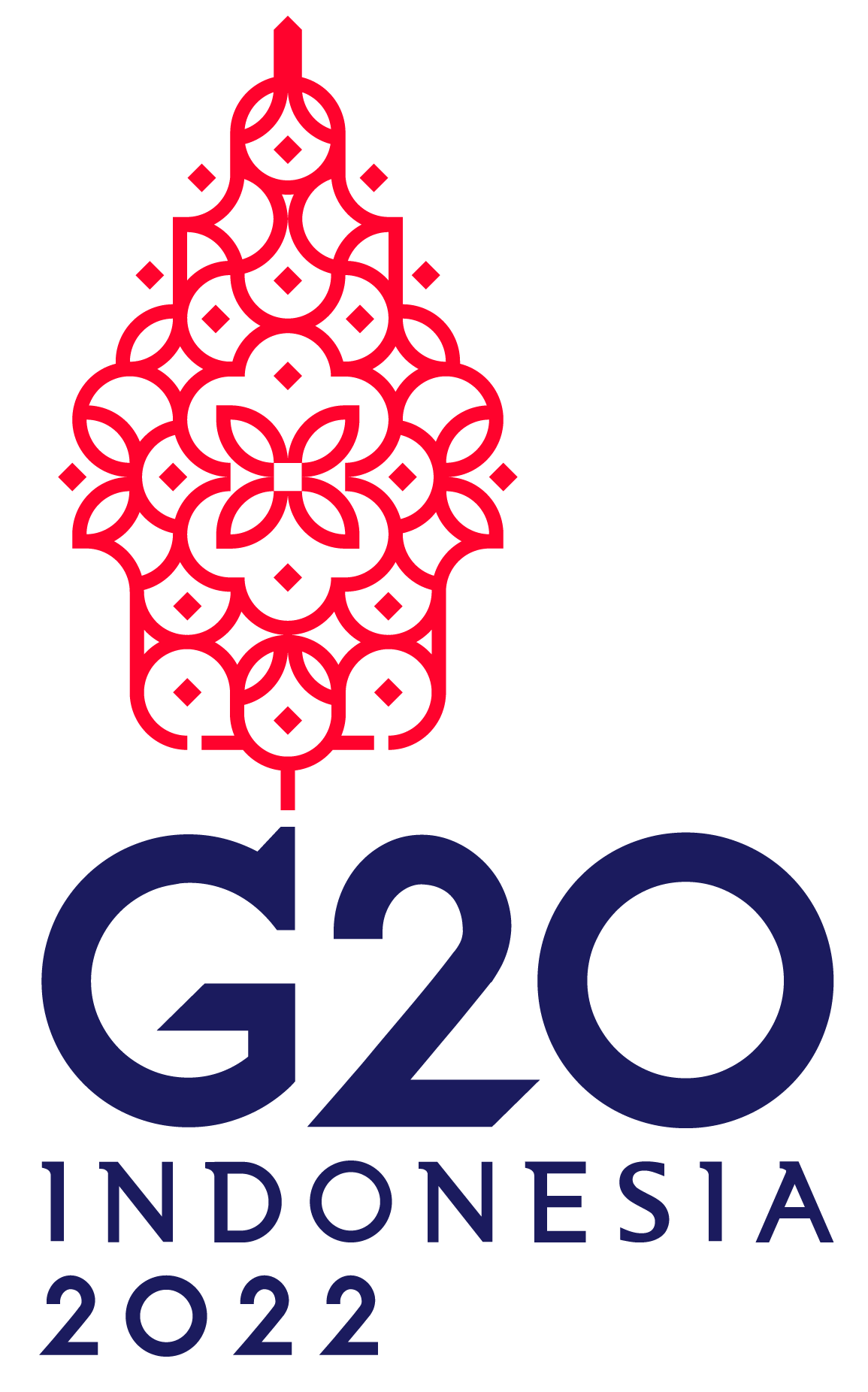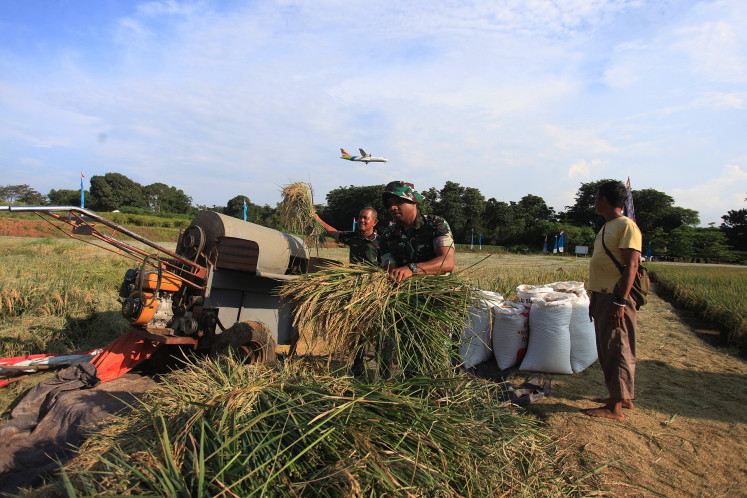Popular Reads
Top Results
Can't find what you're looking for?
View all search resultsPopular Reads
Top Results
Can't find what you're looking for?
View all search resultsCan virtual labor mobility heal scars of youth job insecurity?
Indonesia has an opportunity to use its G20 presidency to initiate cooperation in virtual labor mobility as a means to counter the future "scarring effects" of job insecurity stemming from today's learning loss.
Change text size
Gift Premium Articles
to Anyone


Both developed and emerging economies have been experiencing the longer-term impacts of the COVID-19 pandemic on skills and work, particularly among young people. Through its Group of 20 presidency this year, Indonesia will facilitate cooperation on global economic recovery, such as by curing the scarring effects of the pandemic to secure future growth.
https://www.ilo.org/emppolicy/pubs/WCMS_795479/lang--en/index.htm
Given the invaluable opportunity to lead the forum, bringing this issue to international attention could strengthen Indonesia's role in promoting inclusive recovery and avoiding prolonged harm to the wellbeing and productivity of the younger generation.
Amid the social restrictions to control outbreaks, school closures resulted in more than 1.7 billion children left out of face-to-face learning globally, according to a June 2020 study from the Organisation for Economic Co-operation and Development (OECD). Such disruption has caused learning loss (PNAS, April 2021) and upended education systems (OECD, 2020).
Meanwhile, lockdown measures also forced employers worldwide to shift abruptly to remote work (Forbes, December 2021). Accordingly, the virtual workforce emerged, posing greater challenges for youth.
On the one hand, the shift to remote schooling around the world impedes the education system in providing the skills demanded in the market. On the other hand, as the new virtual workforce is projected to “stick” (NBER, April 2021), economies are also grappling with creating jobs that correspond to this new type of labor force. Eventually, a skills mismatch is likely to occur post-pandemic (UNICEF, July 2021).
A labor market crisis is looming for the next generation if the scarring effects of unemployment and job insecurity (SAGE Journals, May 2020) are overlooked. According to a World Bank press release, learning loss caused by this upheaval could cost current students almost US$17 trillion in lifetime earnings, or about 14 percent of today's world gross domestic product.
The rise of the virtual workplace has some further drawbacks. Due to its nature that relies heavily on technology and digital infrastructure, remote work is susceptible to exacerbating “preexisting inequalities in the labor market” (Journal of Population Economics, September 2020). This is especially so between low- and high-skilled workers (NBER, April 2020) including those with better or poorer access to information, digital infrastructure and institutions, both within and across developing and developed countries.
The Youth Employment in Times of COVID report from the International Labour Organization (ILO) shows that full-time job loss reached around 255 million globally in 2021. Unfortunately, youth unemployment is significantly higher than adults, according to a World Economic Forum paper on youth unemployment, with an even higher figure for young women in low and middle-income countries.
The ILO report predicts that these conditions might be caused by industries in which youth employment was hit hardest by the crisis, such as the tourist industry, as well as difficulties in migrating internationally and internally. The long-term impacts may be unprecedented, as young people faced greater challenges and barriers to entering the labor market, let alone a virtual one. This was especially so for people from vulnerable groups whose education was thwarted during the plague (CNBC, July 2020).
Despite its perils, cross-border virtual labor mobility holds promise. If it is adequately regulated, this model can benefit human capital, boost productivity and innovation, as well as increase equality and wellbeing. Furthermore, this could lower the costs and risks of migration (Social Economic Debates, January 2013), since it enables international virtual mobility and strengthens the impact of remittances and other migrant contributions to the country. As such, it has the potential to fight the scarring effects of COVID-19 pandemic.
To date, there is little global consensus on labor mobility as a response to this economic scarring, urging the international community and world leaders to take immediate action. Therefore, to minimize the downsides of the virtual workforce while fully drawing on the new way of work, Indonesia should consider pursuing a set of policies that addresses both the supply side and demand side and builds consensus on international virtual labor mobility during its G20 presidency.
First, supply-side policies aim to build the readiness and resilience of youth. After the crisis, it is crucial to increase the skills of youth through formal and informal education to catch up with the learning and social loss they experienced. Enhancing the agency and voice of youth through improved social safety nets and supporting programs is equally important and provides mental health support, mentorship and decision-making participation.
Second, demand-side policies create an enabling environment for strong and responsive institutions. These measures should align with the collaborative effort to narrow the digital divide through digital infrastructure investments and to build strong, effective and accountable institutions. Promoting research and development and improving the quality of researchers must also be a part of this approach.
Third, global consensus should strengthen multilateral systems on virtual labor mobility. The consensus must also enhance policy frameworks and regulations on decent jobs, as well as political representation of worker unions. A global forum like the G20 should be an ideal test bed for leaders to formulate a consensus that could benefit countries toward stronger recovery.
Ideally, supply-side and demand-side policies should be implemented simultaneously to make the most of international virtual labor mobility. However, the demand-side policies have major cost consequences and require a long time to develop. In contrast, the supply-side policies could be implemented in the short term and at lower costs. Nevertheless, it should only link and match workers’ skills and idle job vacancies.
Eventually, the effective implementation of international virtual labor mobility will require collective action. Leading the world's major economies in the G20, Indonesia can lay the first stone for solid cross-border cooperation. Such an initiative will allow nations around the globe to reap the full benefits of the virtual workforce while tackling the future scarring effects of youth job insecurity from the pandemic.
***
The writers are knowledge management analysts at the Indonesian Finance Ministry and cocreators of The Ecomomics. The views expressed are their own.









